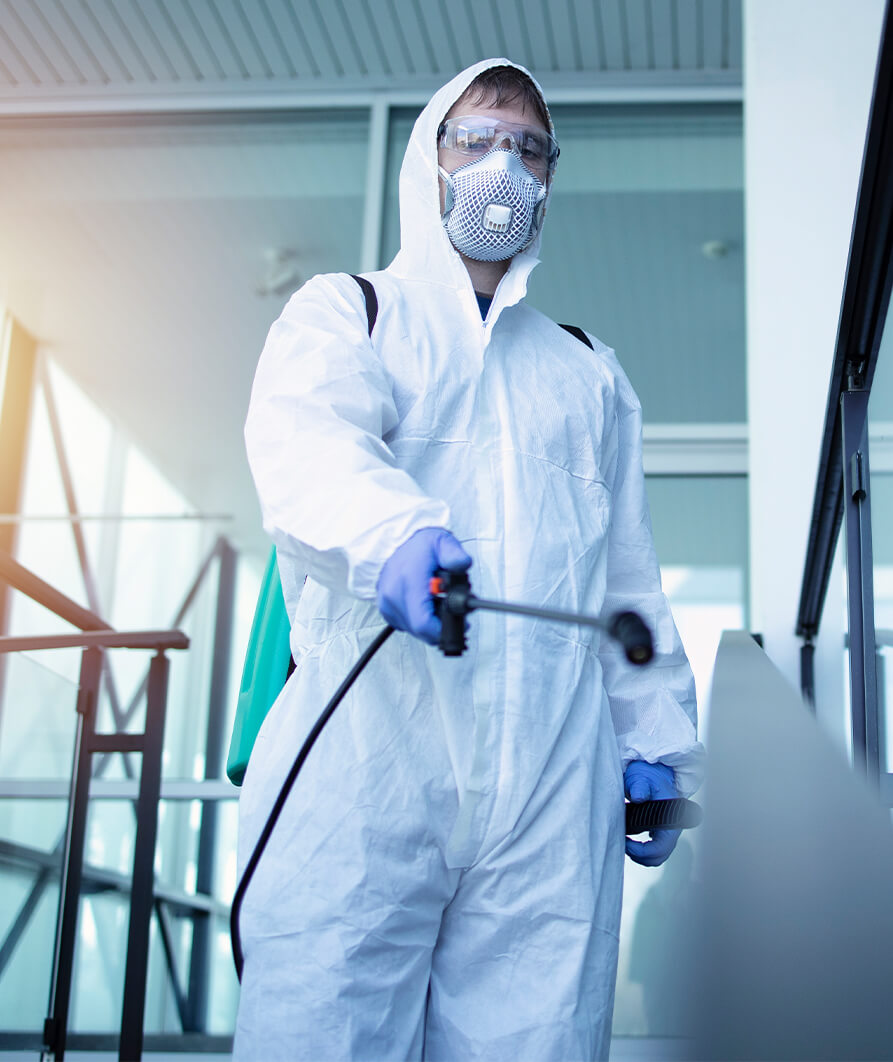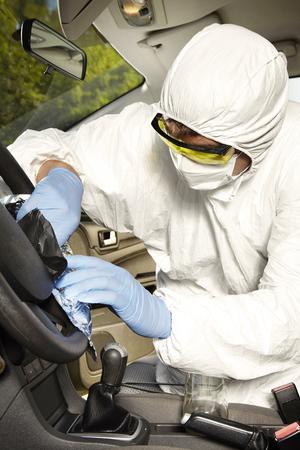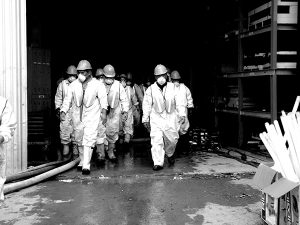Accurate ATP Testing for Effective Sanitation and Health Tracking
Accurate ATP Testing for Effective Sanitation and Health Tracking
Blog Article
Specialist Biohazard Cleaning for Criminal Offense Scenes, Injury Incidents, and Infected Rooms
In the realm of specialist biohazard clean-up, thorough focus to detail and adherence to safety methods are vital. As we dive right into the details of biohazard cleanup for these sensitive settings, a deeper understanding of the difficulties and essential procedures included will emerge, losing light on the crucial duty of specialist cleaning services in bring back safety and peace of mind.

Significance of Biohazard Clean-up
Biohazard cleanup following crime scenes and injury incidents is essential for guaranteeing the safety of people and the setting. When these events happen, they often leave behind a variety of biohazards such as blood, bodily fluids, and other potentially transmittable materials. These substances can harbor dangerous pathogens like bacteria and infections, presenting severe wellness threats if not effectively cleaned and sanitized.
Expert biohazard clean-up solutions are educated to manage these dangerous materials securely and successfully. They have the necessary tools, such as individual protective equipment and specialized cleaning agents, to extensively decontaminate the impacted locations. By entrusting the cleanup to skilled experts, individuals can avoid exposure to harmful pathogens and protect against the spread of transmittable illness.
Furthermore, proper biohazard cleanup is necessary for securing the environment. Incorrect disposal of biohazardous products can pollute dirt, water sources, and air, posturing a hazard to wildlife and the community. By adhering to rigorous clean-up protocols, specialists can guarantee that biohazards are safely removed and taken care of in accordance with policies, minimizing the threat of ecological contamination.
Sorts Of Biohazards Encountered
Various harmful materials generally experienced in crime scenes and injury events present substantial wellness dangers if not managed correctly. Blood and bodily liquids are among the most typical biohazards discovered in these circumstances.
Another type of biohazard commonly experienced is sharp things like needles, busted glass, and various other items that can trigger injuries and send infections. Chemical risks are also a problem, as criminal activity scenes may have materials like tear gas, pepper spray, or drug production products that need customized handling and disposal procedures to stop more injury.
Moreover, mold and mildew and bacteria development can happen in spaces where disintegration or prolonged exposure to dampness has actually taken place. These microbes can release contaminants and allergens right into the air, positioning breathing threats to those subjected. Generally, biohazard clean-up professionals should be well-appointed and skilled to successfully handle these numerous sorts of dangerous products to guarantee the safety of themselves and others.
Devices and Protective Gear
When resolving the essential job of dealing with biohazards encountered in crime scenes and injury cases, the application of correct devices and protective equipment is vital to making certain the safety and security of people involved in the cleanup process. Specialized cleansing devices like biohazard bags, sharps, and disinfectants containers are needed for the secure collection and disposal of contaminated materials. Making certain that all equipment is appropriately preserved, frequently inspected, and utilized according to security standards is vital in decreasing the risk of direct exposure to biohazards during cleanup operations.
Cleanup Process and Strategies
Extensive and efficient clean-up of biohazardous materials from crime scenes and injury events needs meticulous focus to information and adherence to rigorous safety and security procedures. The clean-up procedure usually includes several key steps. At first, the area has to be evaluated to identify the extent of contamination and the ideal cleansing methods needed. Next off, all biohazardous materials, consisting of blood, physical fluids, and tissue deposits, must be thoroughly removed and gotten rid of in conformity with neighborhood policies.
Adhering to the removal of biohazardous products, the affected location undergoes a thorough cleaning and sanitation procedure. This step involves using specialized cleansing representatives and devices to make certain that all traces of contamination are removed. After cleansing, the area is subjected to strenuous testing to verify that it is totally free and risk-free of any staying biohazards.

Decontamination and Disposal Treatments
To ensure complete purification and appropriate disposal of biohazardous products, complying with the careful cleaning procedure, particular procedures need to be thoroughly followed with strict adherence to safety and his response security procedures. Purification entails the removal or neutralization of impurities to minimize the risk of exposure and spread of hazardous materials. This process usually includes cleaning, disinfecting, and disinfecting the damaged location utilizing specific devices and EPA-approved chemicals.
As soon as purification is finished, appropriate disposal of biohazardous materials is critical to avoid more contamination or injury. Biohazardous waste, such as blood-soaked materials or physical liquids, have to be thoroughly gathered, packaged, and labeled according to regulatory guidelines. ATP testing. These products are after that moved to licensed centers for disposal through proper channels, making sure compliance with local, state, and government regulations

Final Thought
Finally, specialist biohazard clean-up is vital for ensuring the efficient and safe elimination of harmful products from criminal activity scenes, trauma incidents, and contaminated areas. By utilizing specific equipment, safety equipment, and following appropriate clean-up procedures and methods, biohazard cleanup teams can properly dispose and decontaminate of biohazards, lessening the risk of direct exposure and injury to people and the setting.
As we dive into the intricacies of biohazard cleanup for these delicate environments, a much deeper understanding of the challenges and critical procedures entailed will certainly emerge, shedding light on the essential role of specialist cleanup solutions in restoring safety and security and tranquility of mind.
Expert biohazard clean-up solutions are educated to take care of these unsafe materials securely and effectively. By following rigorous cleaning protocols, specialists can make certain that biohazards are safely eliminated and disposed of in accordance with guidelines, minimizing the threat of ecological contamination.
On the whole, biohazard clean-up professionals need to be fully equipped and trained to properly manage these numerous types of hazardous materials to make sure the crime scene cleanup government safety of themselves and others.
When attending to the critical task of taking care of biohazards experienced in criminal offense scenes and trauma occurrences, the application of appropriate tools and safety equipment is paramount to making sure the safety and security of individuals entailed in the cleaning process.
Report this page